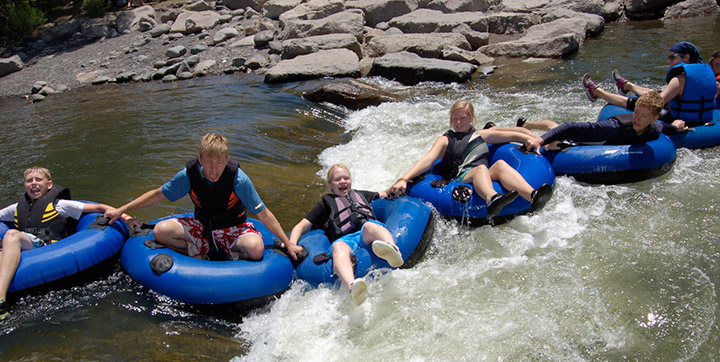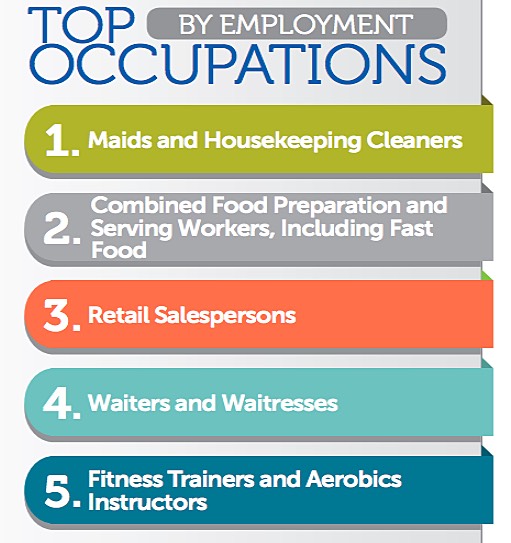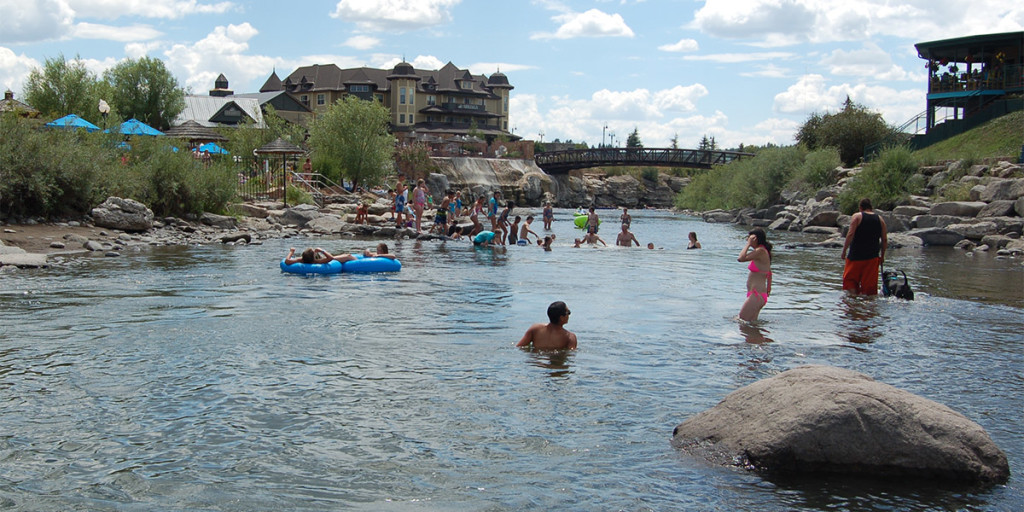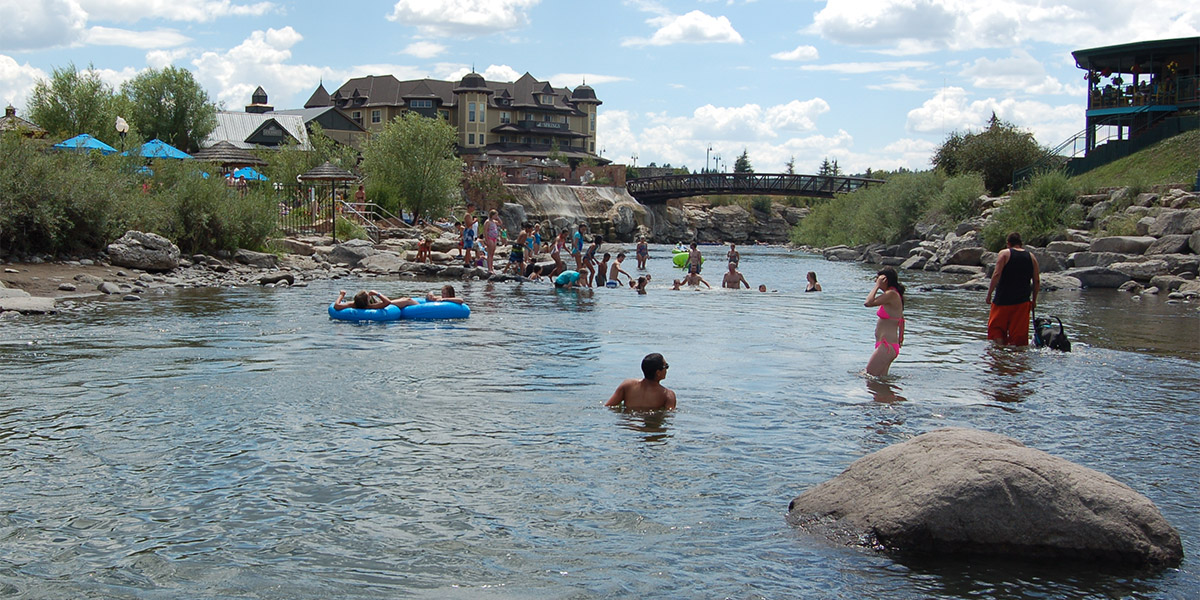The seven Colorado River states have set a deadline of April 22 for Congress to pass legislation signing off on their drought plan. What happens if they don’t?
— from the Grist.org article, “Will Congress leave the Colorado River high and dry?” by reporter Naveena Sadasivam, April 3, 2019
A few days ago, environmental reporter Naveena Sadasivam posted a 1,300-word article on the Grist.com website that echoed some of the issues I’ve been writing about in this editorial series, regarding the new ‘Drought Contingency Plan’ delivered to the federal government last month. The seven Colorado River Basin states who signed the Plan — Colorado, New Mexico, Utah, Wyoming, Nevada, Arizona and California — are now waiting on Congressional approval of the Plan. Waiting for Washington DC to do the right thing. Good luck with that one.
But is the ‘Drought Contingency Plan’ really the right thing? We shared an opinion piece last Friday, by Colorado activist Gary Wockner, suggesting five reasons why the proposed Plan might actually be a bad idea. (You can read that op-ed here.)
One thing I found interesting in Ms. Sadasivam’s 1,300-word article was the absence of the word: ‘recreation.’
I woke up this morning thinking about ‘recreation.’ In Friday’s installment of this editorial series, I had shared a quote from the San Juan Water Conservancy District draft 2019 ‘Strategic Plan’ that made a reference to ‘recreational water supply needs.’
The Board is committed to ensuring the current and future agricultural, municipal, industrial, environmental and recreational water supply needs are met through the various conservation and water management strategies and methodologies available;
‘Recreation’ also got a prominent mention, in 2015, on the first page of the Executive Summary, in the 567-page Colorado Water Plan:
This plan is a roadmap that leads to a productive economy, vibrant and sustainable cities, productive agriculture, a strong environment, and a robust recreation industry. It sets forth the measurable objectives, goals, and actions by which Colorado will address its projected future water needs and measure its progress — all built on our shared values.
We humans engage in an amazingly diverse range of activities, here in Colorado, and a huge number of these activities have been consolidated, by the authors of the Colorado Water Plan, into two simple phrases: ‘a productive economy’ and ‘productive agriculture.’
How many different ‘productive’ activities might be implied by those two simple phrases?
Let’s begin by mentioning resource extraction. Mining, timber, oil and gas — the type of activities that, once upon a time, formed the core basis of Colorado’s economy, alongside agriculture and ranching.
Other important sectors of our ‘productive economy’: manufacturing, transportation, health care, engineering, construction, financial services, retail sales, communication, research, education, renewable energy, software development, marketing, visual and performing arts, military service, hospitality, government… to name a few.
And then we have ‘productive agriculture.’ Ranching and livestock, fruits and vegetables, fibers, dairy, medicinal products — including, here in Colorado, marijuana. We might also include the packaging and distribution of these agricultural products.
The 2015 Colorado Water Plan summary lumps all of these important economic activities into two simple phrases.
‘Productive economy.’
‘Productive agriculture.’
The same statement then calls out one rather specialized sector within the larger economy as deserving of its own individual designation, alongside — and apparently equal in importance to — our state’s entire ‘productive economy.’
“A robust recreation industry.”
“Manufacturing” does not get an individual mention. “Health care” does not get its own mention. But the “recreation industry” is regularly called out in various Colorado water plans, as a particularly important human activity.
We know a bit about the recreation industry here in Pagosa Springs, because there really isn’t much going on within our local economy that’s not dependent, in some way, upon recreation. Some of our most populous neighborhoods, for example, are built around a recreational golf course and several recreational lakes. A recreational river runs through the center of town, past the recreational geothermal mineral baths. These forms of recreation are, of course, very much water-dependent.



Nearby Wolf Creek Ski Area helps keep the Pagosa economy limping along through the winter, if we happen to get decent snow. In the summer, we have decent fishing in our lakes and streams. Mountain biking is a popular pastime. In the fall, retail stores hang their ‘Welcome Hunters’ banners in prominent locations. The National Forest provides opportunities for quiet walks in the woods, or alternatively, for abusing the ears of humans and animals alike on a souped-up snowmobile or ATV.



From the Colorado Office of Economic Development and International Trade (OEDIT) website:
“…recent statistics show that 71% of Colorado residents participate in outdoor recreation each year, and this number doesn’t even count visitors traveling to Colorado. It’s no surprise that outdoor recreation is immensely important to this state and those who live and play here… Colorado’s outdoor recreation economy generates $28 billion in consumer spending annually, and contributes 229,000 direct jobs. Those who work in the industry have collectively earned over $9.7 billion in wages and salaries, while those who support it have generated $2 billion in state and local tax revenue…”
According to the Bureau of Labor Statistics (BLS), Colorado employs about 3.1 million workers. So the direct jobs provided by the recreation industry account for about 7 percent of the state’s jobs, if we are to believe OEDIT’s figures. (BLS does not specifically list ‘recreation industry’ jobs as a separate category.)
The top ‘recreation industry’ jobs cited by OEDIT:

In other words, some of the lowest paying jobs in Colorado. (And not especially water-dependent…)
Still, our water managers and planners have a very good reason for highlighting this one special sector of the Colorado economy. Unlike so many sectors of our ‘productive economy’ which tend to drain water out of our rivers, many recreation industry jobs depend upon keeping water in the rivers. In this important sense, the recreation industry is one of the few economic sectors that naturally tends to align itself with environmental concerns.
Recreation and the Environment. Two concepts that seem to go hand-in-hand, where water policy is concerned.
During the 1800s, settlers from the East Coast, South and Midwest were drawn to this arid region mainly by the presence of gold, silver, and various other minerals, and by old-growth forests. Vast grasslands and pristine meadows were also an attraction, if you had a hankering to raise cattle, or sheep. Back in the 1800s, no one worried about The Environment; the term didn’t even exist, as a concept. Mining companies were poisoning the rivers, lumber companies were butchering the forests, and ranchers often allowed grasslands to be overgrazed — but from what I can tell, no one was terribly concerned about these issues. Back then.

We modern Westerners now find ourselves deeply disturbed by mutilated landscapes and poisoned rivers. Once upon a time, the timber industry couldn’t see the forest for the trees… the trees waiting to be harvested. Now we can clearly perceive the forests, awaiting our recreational activities.
One upon a time, Colorado mining companies indignantly diverted rivers, to process their precious mountains of ore. We now see rivers as ‘white water parks…’

